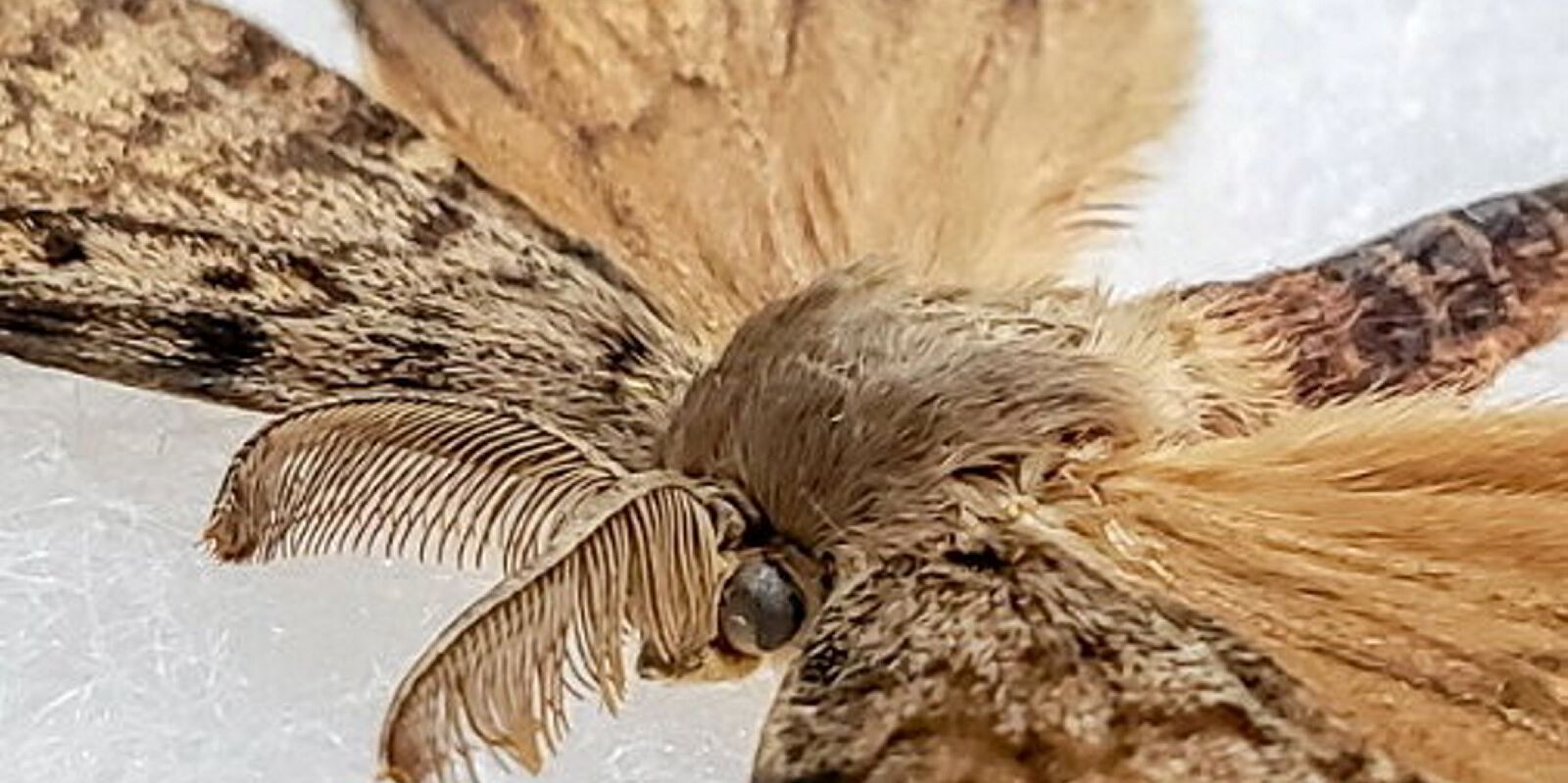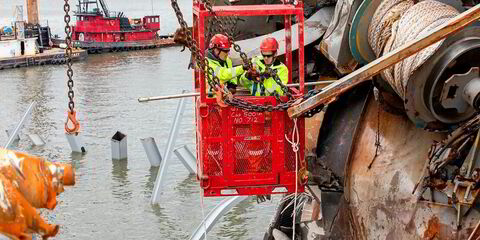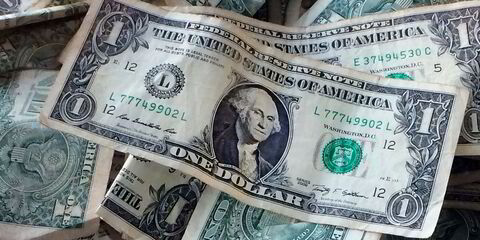Local residents and scientists alike have been baffled by hundreds of strange pale masses appearing on beaches in Newfoundland, Canada.
One theory is that ships are to blame, although there is as yet no evidence to back this up.
Photos of the pancake-shaped “gooey blobs” first began appearing on Facebook over the past few months, eventually prompting global media attention after featuring on the Beachcombers of Newfoundland page.
The blobs were described as gooey on the outside but firm and spongy on the inside — and combustible.
The Guardian newspaper cited Patrick’s Cove resident Dave McGrath as saying he had spotted hundreds of them.
He speculated that the mysterious substance could be discharges from ships travelling to and from the refinery at Come By Chance, 80 km north up the coast.
Ships are often the first imagined culprits after odd objects wash up on beaches.
But scientists have ruled out any petroleum hydrocarbon, petroleum lubricant or biofuel content.
A full set of tests may not provide an answer for months yet.
The blobs range in size from dinner plates to coins.
Whale vomit?
Other theories include paraffin wax, sea sponges, mould and ambergris, but these have been ruled out.
Whale mucus, sperm and vomit have also been discounted as sources.
Canada’s Coast Guard has visited the site and reported 46 km of coast littered with the pale masses.
“An answer would be nice. It’s not often you find something that stumps people who know this place and these waters,” McGrath told the newspaper.
This is not the first time a strange object has washed up along that stretch of coast.
Residents found what came to be known as the Fortune Bay “blobster” in 2001.
The oozing white mass was later found to be part of a decomposing sperm whale.(Copyright)





